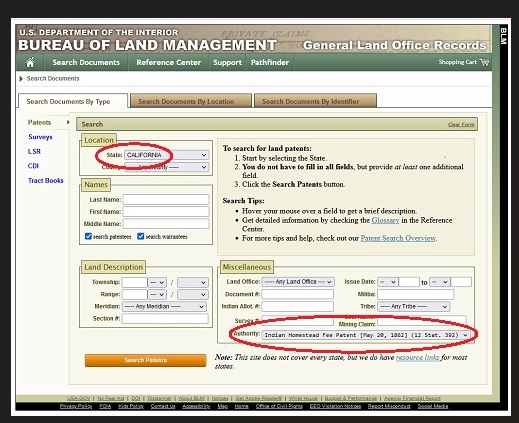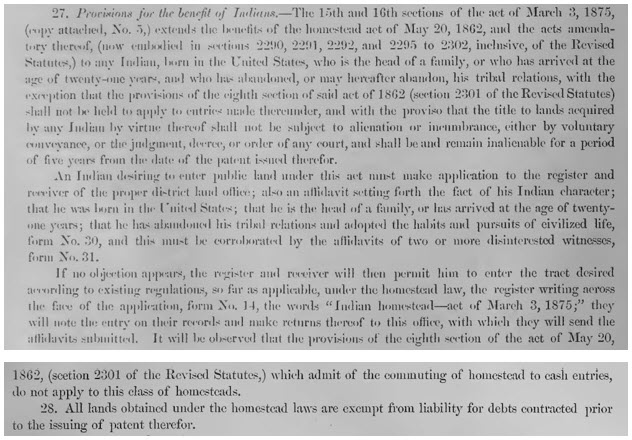I’ve already described how I obtained photos of C. E. Kelsey. Clif Kroeber gave me a lead that allowed me to track down Kelsey’s granddaughter in North Carolina. She and I became email correspondents. Julia was a writer. Her pieces for Senior Women Web sometimes included stories about the Kelsey family, including one about Kelsey’s mother. Early on, she explained that she knew “absolutely nothing” about her other grandfather, but C. E. Kelsey was “the kind of person about whom stories were told.” Kelsey died before her birth, but she soaked up those stories. She sent me some photos of Kelsey, the first I had ever seen. After I wrote an article about Kelsey, I asked her to re-scan the original photos at higher quality for publication, as opposed to the PDF versions she had sent previously. That upset her, so I quickly backed off and never asked again.
Julia anticipated living into her 90s, so it was a shock when she died unexpectedly in 2014 at age 77. Eventually I wrote to her husband to inquire about the photos of Kelsey. I was surprised to learn that he did not know where Julia had put them. He promised to be on the lookout for them, but I never heard from him again. His health had been poor for some time, and he died in 2019. I am left with the poor-quality digital copies of the photos; the fate of the originals is unknown to me.
I had found and lost those photos, but the hope of new discoveries lives on. I recently ran across objects belonging to the C. E. Kelsey family in the July 18, 2024, estate auction of Leland Little in North Carolina. Lot 1251 was “Two Pairs of Beaded Moccasins, Likely Wisconsin Origin” and Lot 1252 was “A Quilled Pair of Native American Gauntlets, Likely Wisconsin Origin.” Both were from the “collection of Indian Agent Charles Edwin Kelsey.” Lot 1253, “Various Objects Associated With Indian Agent C. E. Kelsey’s Family,” included the “Wedding gown for ‘The Charles Edwin Kelseys’ with photo of the married couple.” Unfortunately, the auction was long closed.
Having lost those other photos of Kelsey, the wedding photo in Lot 1253 especially caught my eye. It made sense as part of the lot because it provided context and provenance that enhanced the bridal gown in the same lot. Julia had not sent me a copy of this photo. I contacted Leland Little. The firm was responsive and professional. Maintaining client confidentiality, Leland Little very kindly and promptly passed on a message from me to the buyer of the lot. In my message, I asked the buyer if I could pay them for a high-quality digital copy of the photo. I haven’t had any response, but perhaps more photos and memorabilia will surface in the future.




